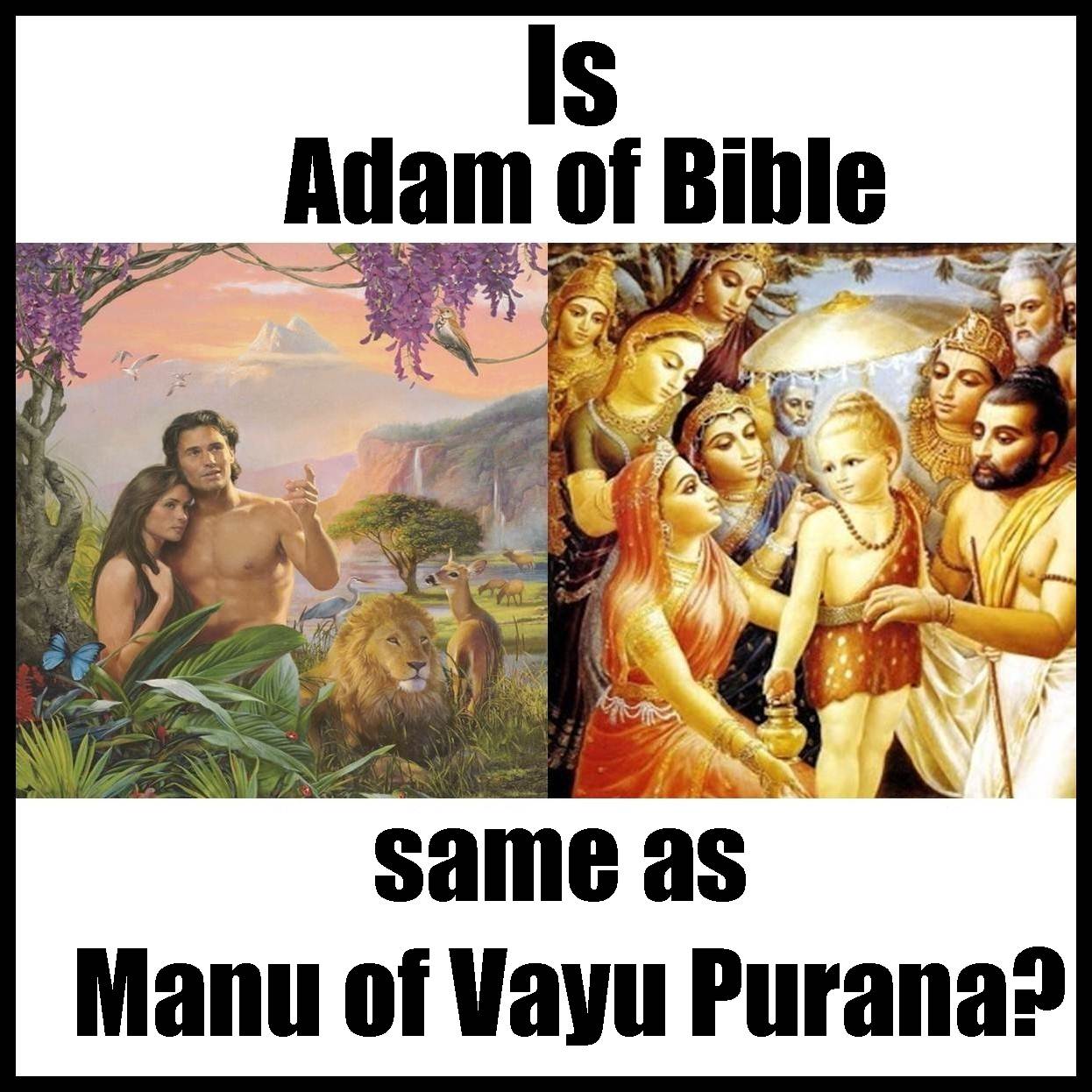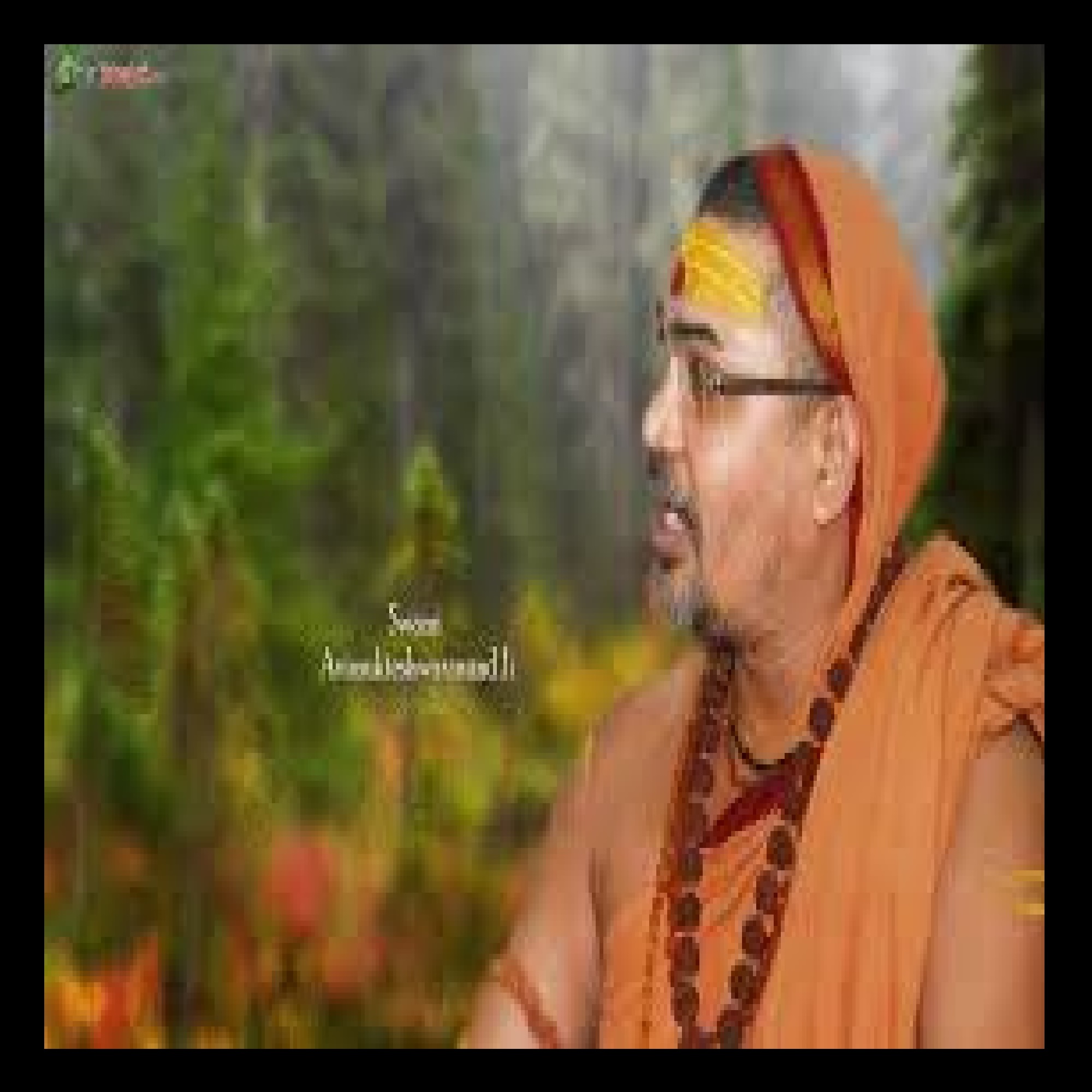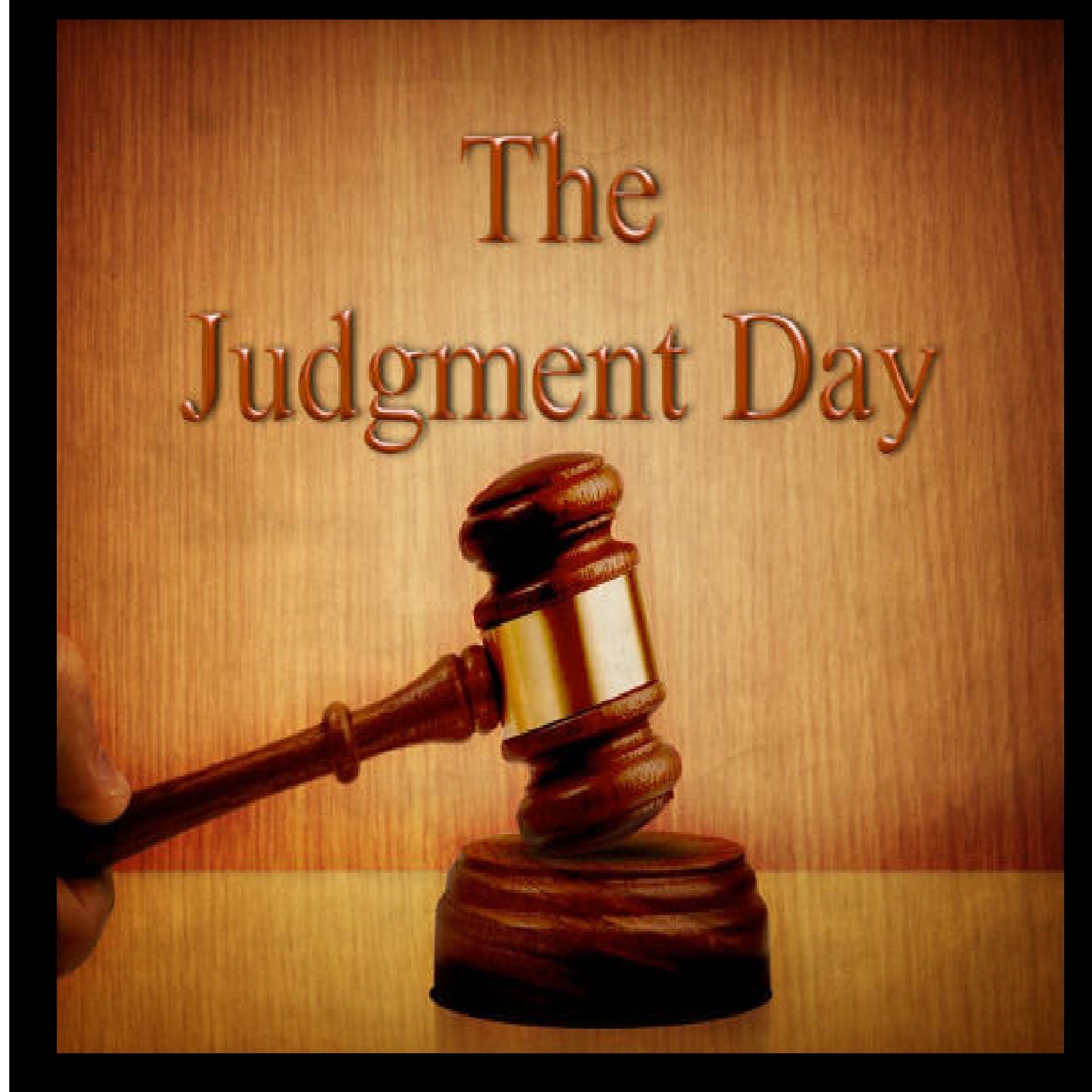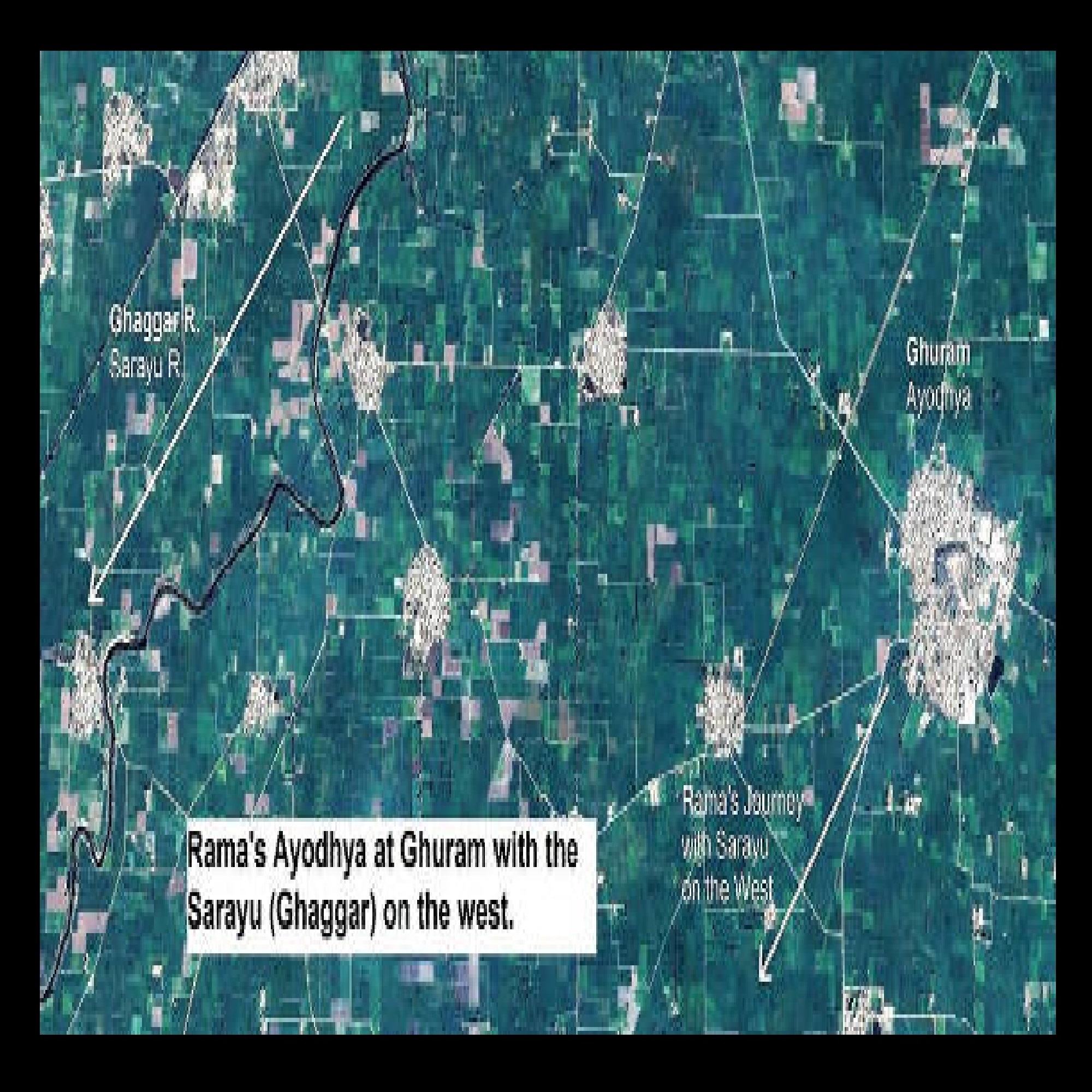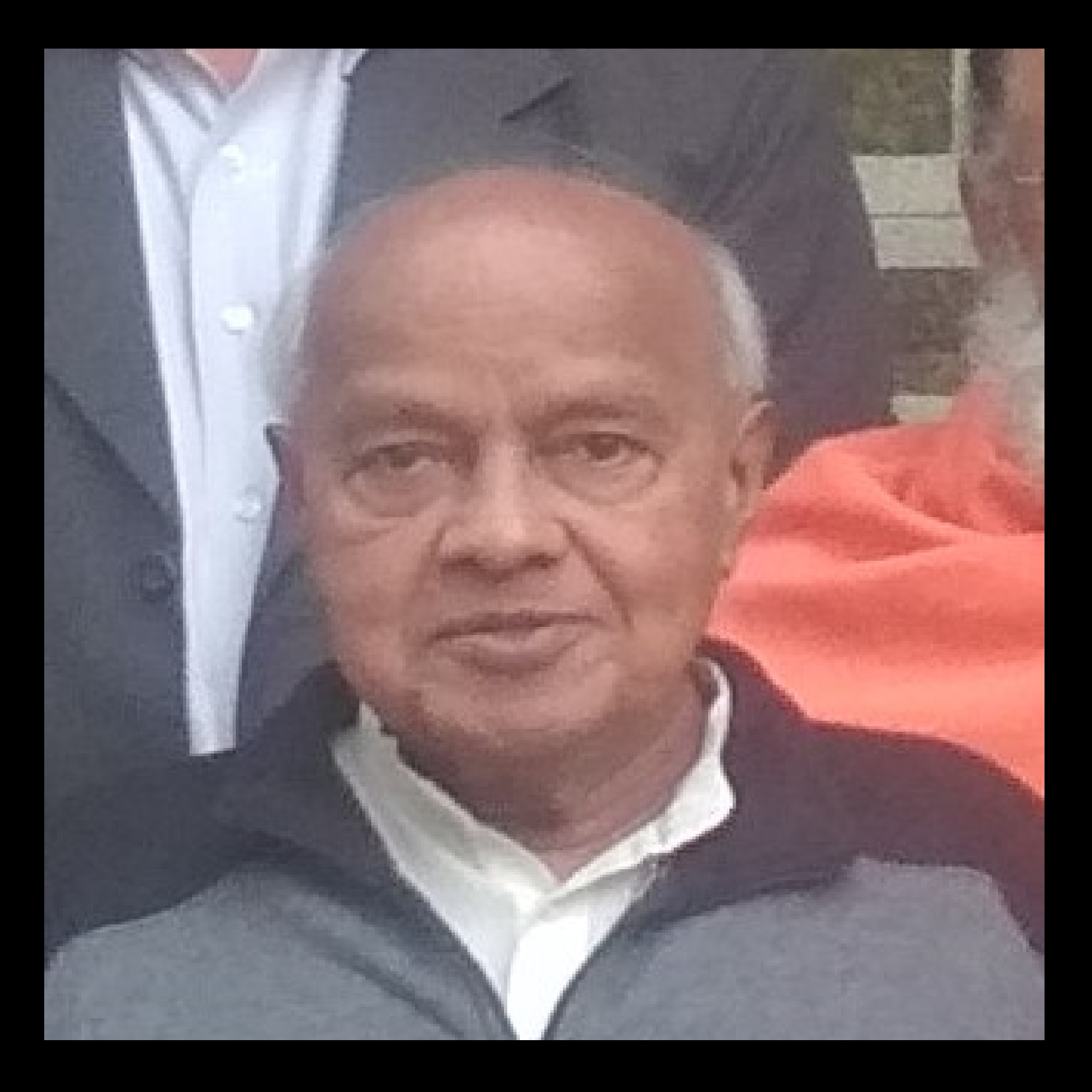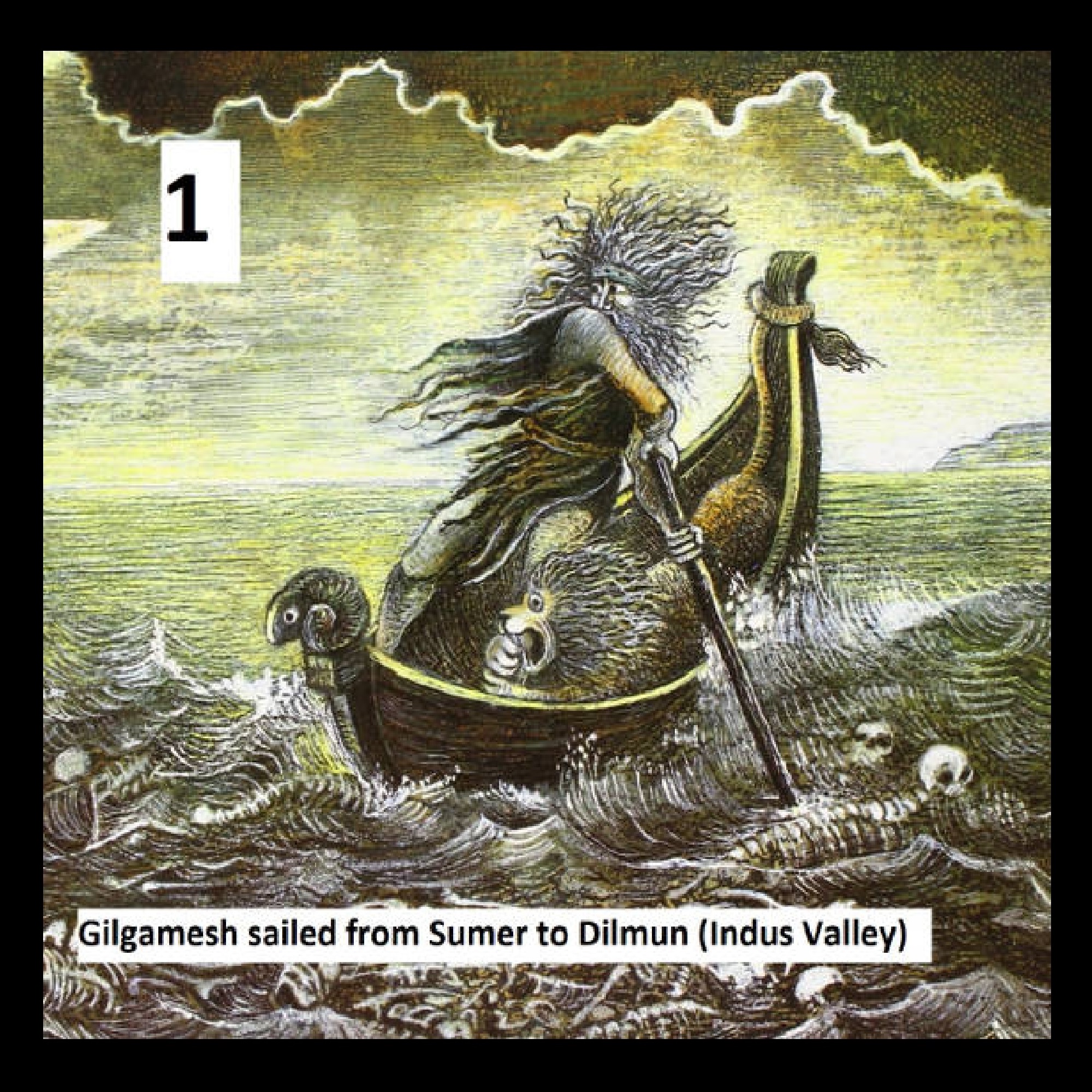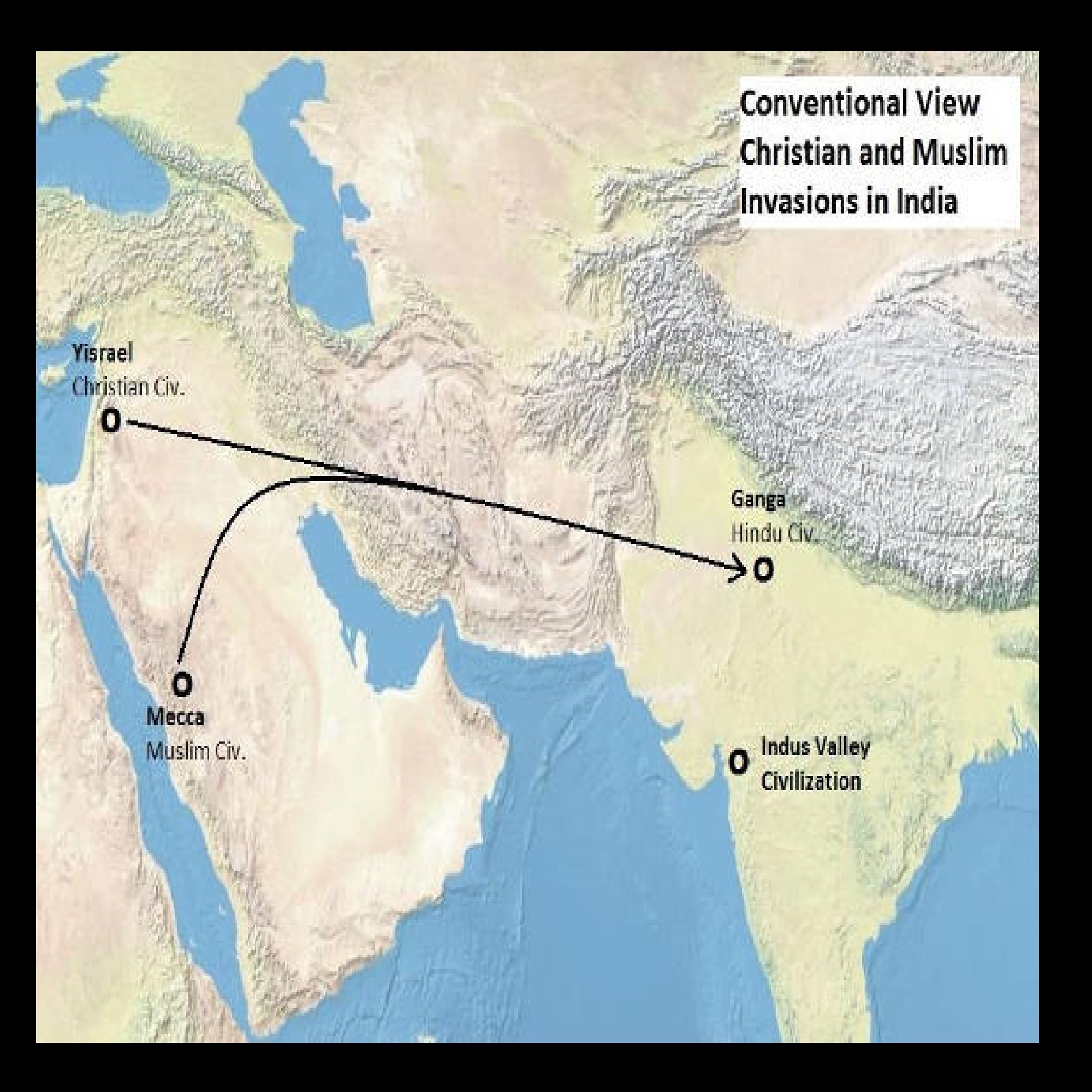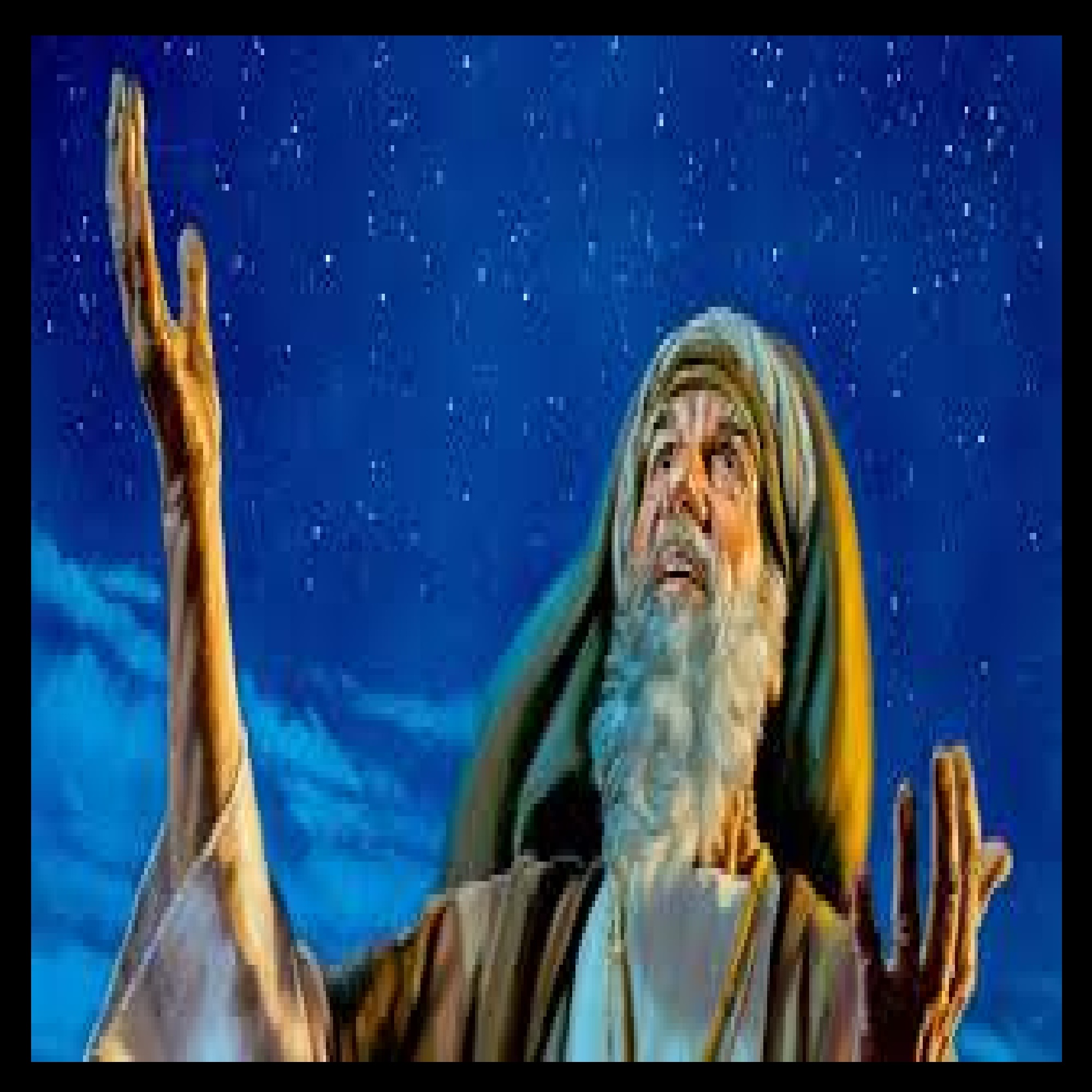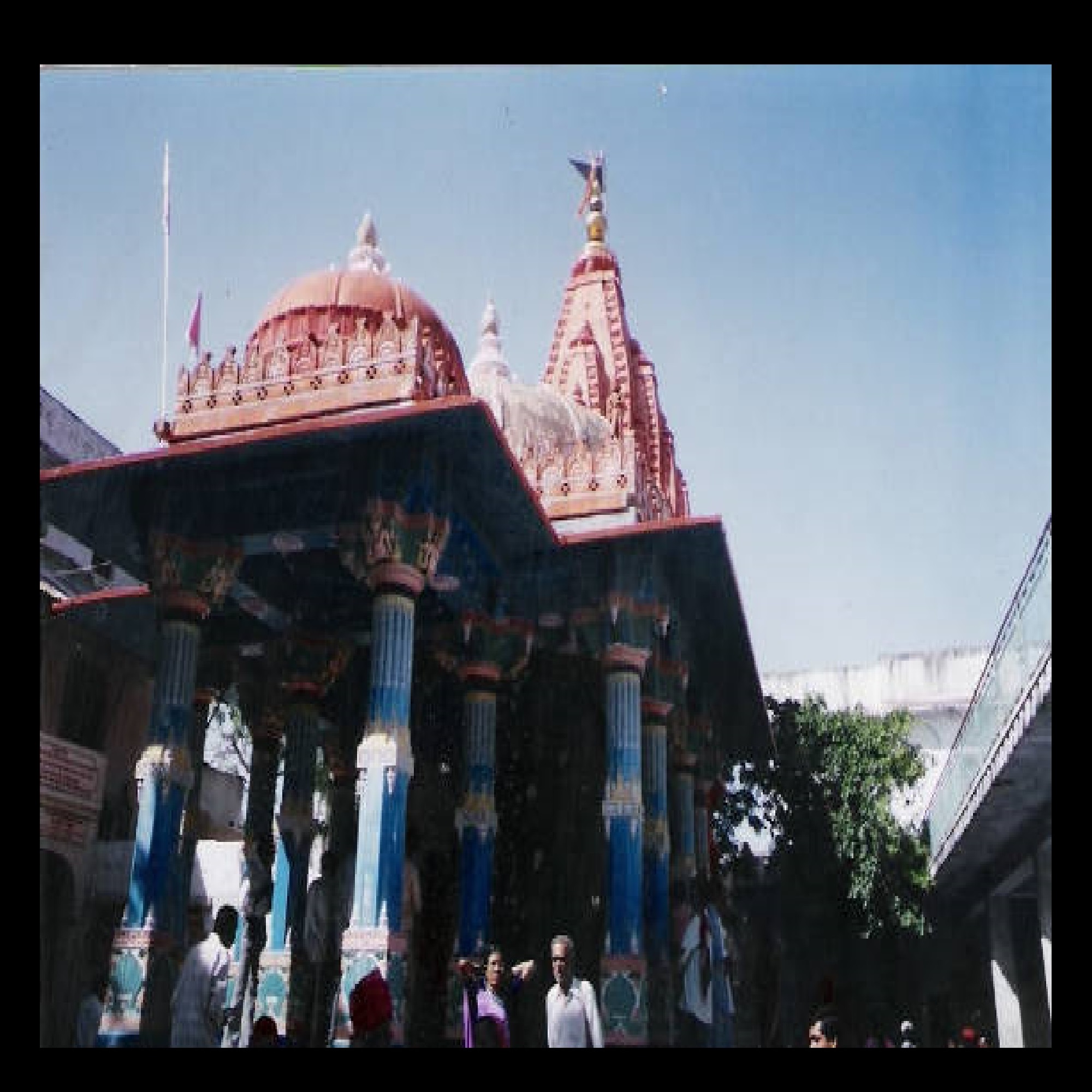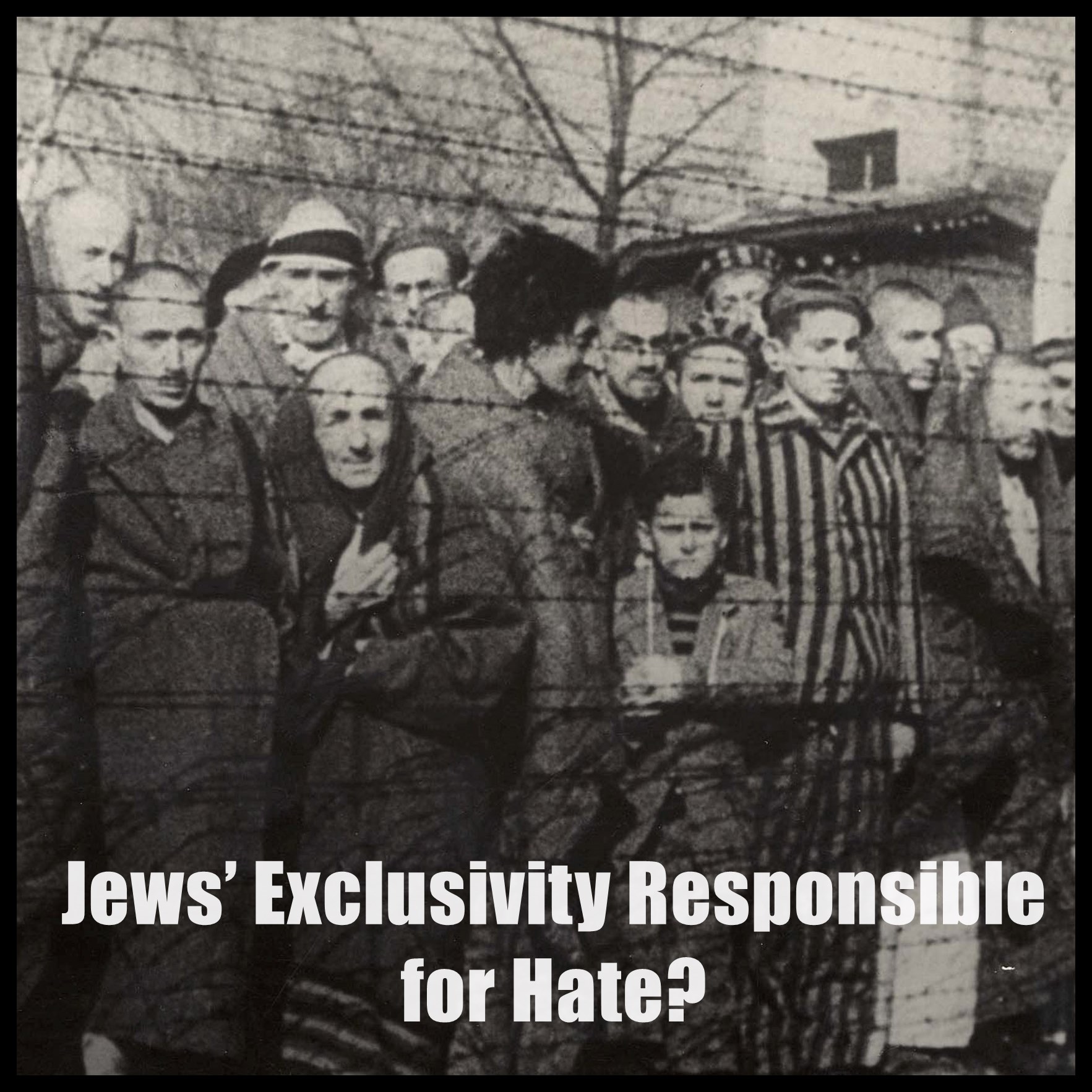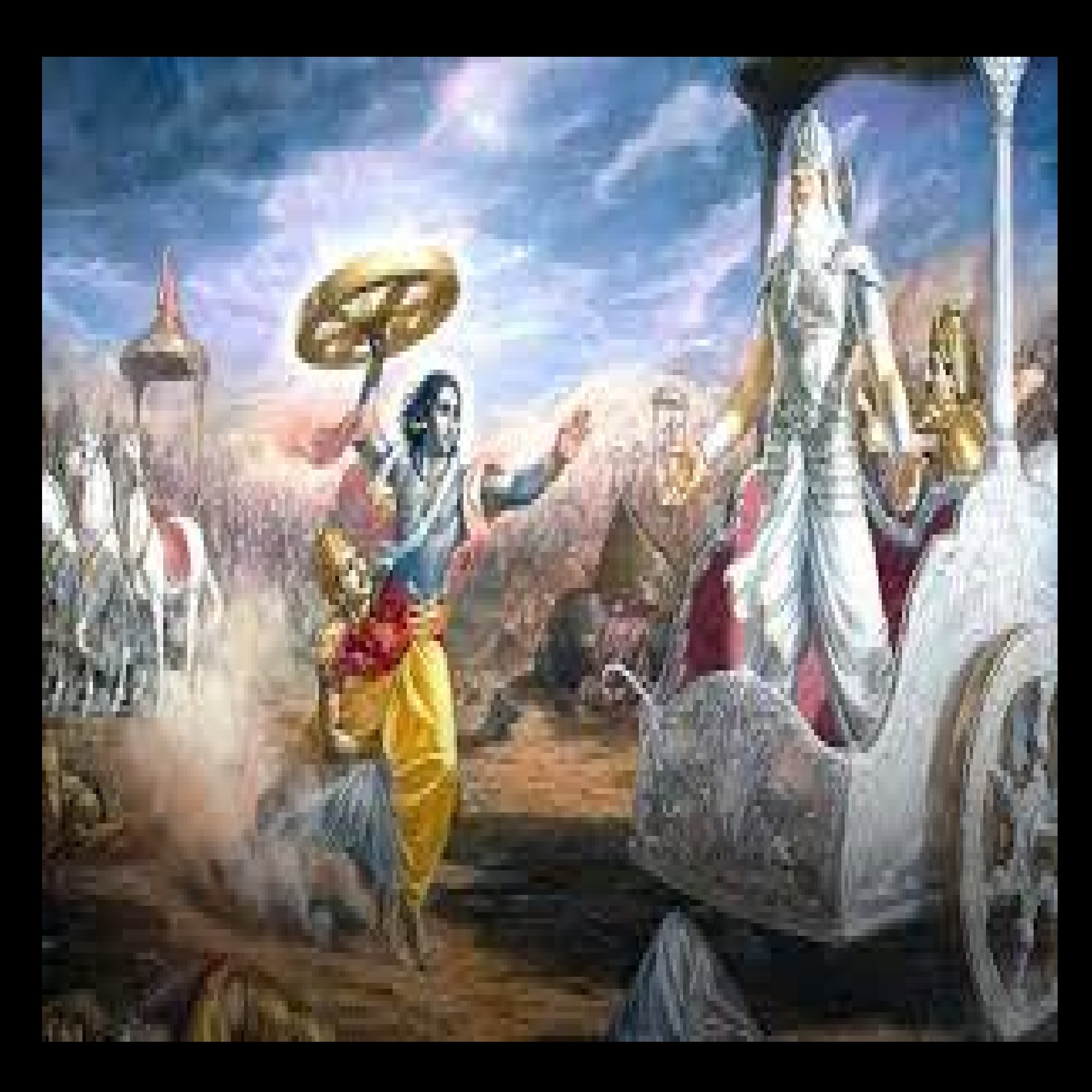Common Teachings of Moses and Krishna Regarding Rebirth.
Common Prophets:
Towards the end of his life, Moses led the Hebrews on the Exodus from Mitsrayim to Yisrael. They had to cross a water body. The Pharaoh was pursuing them from behind. At this time God separated the waters of the water body…. The Hebrews crossed the water body on the dry land. The Pharaoh entered the dry water body in pursuit. However, the waters came back and drowned the Pharaoh. Thus the Holy Quran says: “But the Pharaoh disobeyed The Messenger; so We seized him with a heavy Punishment (73:16).”
Our study shows that Krishna too had left in an “unknown direction” after the Yadavas killed each other at Prabhasa. This unknown direction could be that of Krishna leading the Yadavas to Yisrael just as Moses led the Hebrews to Yisrael. One proof in support of this hypothesis is that the Ashkenazi Jews carry the same R-M124 gene as found in northern India and Pakistan at high frequencies. Genetic studies show that the R-M124 lineage began in South Asia and its descendants spread to Central Asia and South-eastern Europe.
There are many other similarities in the narratives of Moses and Krishna. Both were born under duress, taken in- or across the river as infant, and brought up by foster parents. Moses killed a Mitsrite and fled to Midian just as Krishna killed Kamsa and left for studies under Sage Sandipani. More details of these similarities are available here.
The teachings of Moses and Krishna should be the same if they were the same persons. In this post we shall discuss their teaching regarding rebirth.
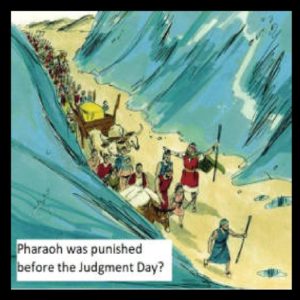
Mainstream Quranic Understanding:
The belief among large numbers of Muslims is that God brings each soul to life and death only once. The soul lies dormant after death as if in a coma.Then all the souls are raised simultaneously on the Day of Judgement. Those who have followed God’s directions live permanently in heaven thereafter. Those who have not followed God’s directions live permanently in hell thereafter. The Ayat from the Holy Quran mentioned above that God seized the Pharaoh “with a heavy Punishment” is understood as God giving one of the many punishments during one’s life and is different from the Final Punishment given by God on the Judgement Day.
This view is supported, among others, by the following Ayats: “When death comes to one of them, he says, ‘My Lord, send me back so that I may do good deeds regarding what I have neglected.’ But no! These are just words which he utters. A ‘barzakh’ (barrier) is placed behind them until the Day they are resurrected” (23:99-100). This Ayat states that one cannot go back to the life from where one has come.
The Ayat continues: “So when the Horn is blown… those whose scales are heavy – it is they who are the successful. But those whose scales are light – those are the ones who have lost their souls, [being] in Hell, abiding eternally” (23:101-104). This Ayat tells of all souls being raised on the Day of Judgement.
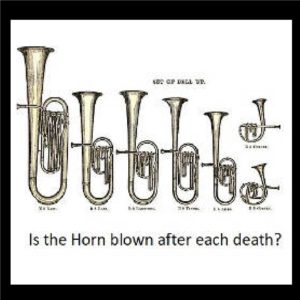
Alternate Quranic Understanding:
A number of Islamic scholars have read the Quran to be consistent with rebirth, however. A Hadith tells of Prophet Mohammed (PBUH) saying: “I would love to be martyred in Allah’s Cause and then get resurrected and then get martyred, and then get resurrected again and then get martyred and then get resurrected again and then get martyred” (Bukhari 4.54).
Sunni Saint Jalal Uddin Rumi (1207-1273) wrote: “I died as a mineral and became a plant; I died as a plant and rose to animal; I died as animal and I was a man. Why should I fear? When was I less by dying? Yet once more I shall die as man to soar with angels blest. But even from an angel I must pass on: all except God must perish.”
Sufi Saint Bawa Muhaiyaddeen (Died 1986) wrote: “Thus, if one misses the opportunity to realize God in this birth and dies, he will be reborn with only five levels of consciousness… He will be born seven times with five levels of consciousness and a human face…”
As regards the Ayats against rebirth quoted above, they can be interpreted to be consistent with rebirth as well. The Ayat: “But the Pharaoh disobeyed The Messenger; so We seized him with a heavy Punishment (73:16).” This could be interpreted to indicate that the Pharaoh was judged by God and given a punishment for his deeds in this life to be followed by another Judgment and Punishment in next life.
The Ayat: “’My Lord, send me back so that I may do good deeds regarding what I have neglected.’ But no! These are just words which he utters. A ‘barzakh’ (barrier) is placed behind them until the Day they are resurrected” (23:99-100). This Ayat could be interpreted to say that one cannot go back to the past body, but one can be reborn in a new body.
The Ayat “So when the Horn is blown… those whose scales are heavy – it is they who are the successful. But those whose scales are light – those are the ones who have lost their souls, [being] in Hell, abiding eternally” (23:101-104). This Ayat could be interpreted to indicate that the Horn will be blown at the time of the every death of every individual.
It is not in our capacity to reconcile the two views. It suffices to state that the two views exist though today the vast majority of Muslims believe in the former view of there being no rebirth.
Philosophy Hindu:
In the Bhagwat Gita Krishna tells of the soul repeatedly being born and dying and being judged after each death: “O Arjuna, Just as boyhood, youth & old age are attributed to the soul… similarly the embodied soul passes into another body at death (2:13).” Again, “As a human being puts on new garments, giving up old ones, the soul similarly accepts new material bodies, giving up the old and useless ones (2:22).”
Synthesis:
We have before us two Islamic views–for and against rebirth; and one Hindu view in favour of rebirth. The Word of God telling of the punishment to the Pharaoh before the Judgement Day as revealed by Prophet Mohammed (PBUH) and the Word of God as revealed by Lord Krishna in the BhagwatGita have to be the same. Therefore, we humbly submit that we may accept the reading of the Quran that supports rebirth and thus establish consistency in the Word of God in the two Holy Texts.
For more information on the theory of Common Prophets, Please like my FB
Visit our website: https://www.commonprophets.com/
For Videos: https://www.youtube.com/channel/UCN4sb3toJxNGPjmSubnwz_Q
For more information on the theory of Common Prophets, Please like my FB Page One God One 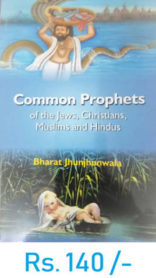 Religion, Subscribe my English channel One God One Religion, subscribe my Hindi Channel एक ईश्वर, and you may like to buy my book here.
Religion, Subscribe my English channel One God One Religion, subscribe my Hindi Channel एक ईश्वर, and you may like to buy my book here.

